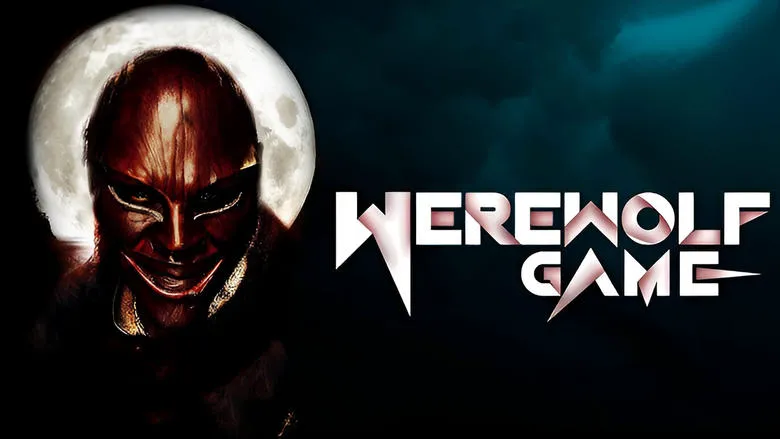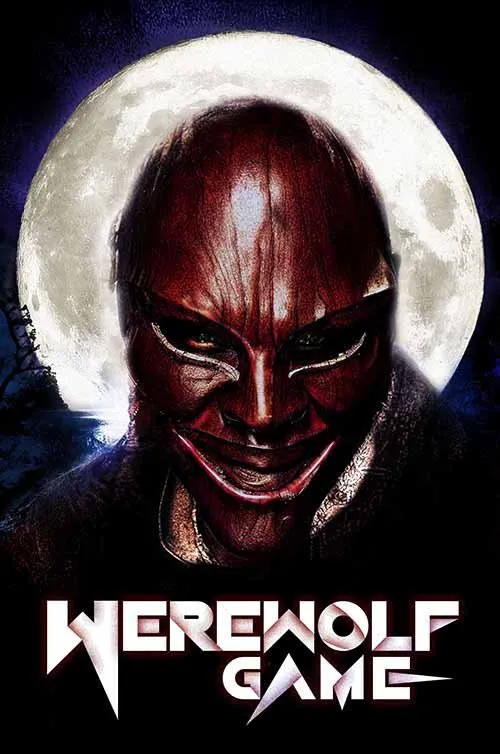Inside the Labyrinth: Deconstructing “The Werewolf Game”
Deep within the unsettling shadows of the cinematic world lies “The Werewolf Game,” a masterclass in psychological tension that traps its audience alongside its ill-fated protagonists. More than just a survival thriller, this film is a chilling exploration of human nature under duress, meticulously crafted to unravel trust and expose the darker facets of the psyche. Let’s pull back the curtain on how this terrifying game came to life.
The Genesis of Fear: Crafting the Twisted Experiment
The core conceit of “The Werewolf Game” — twelve strangers, isolated, each harboring a dark secret, forced into a deadly game of deception — immediately presented filmmakers with a compelling challenge: how to build unshakeable dread from the very first frame. The decision to set the game deep within “isolated and eerie woods” and then confine the players to a “claustrophobic environment” was key. This dual layer of isolation—from the outside world and then from each other within their small prison—amplified the inherent terror.
The production team meticulously designed the sets to reflect the mental state of the characters. Every creak, every shadow, and every confined space contributes to the suffocating sense of paranoia. The visual language emphasizes entrapment, making the audience feel as trapped as the characters on screen. This deliberate choice to strip away comfort and introduce constant surveillance is fundamental to the film’s unsettling atmosphere.

Navigating Deceit: Casting and Character Dynamics
At the heart of any “Werewolf Game” adaptation lies the delicate balance of suspicion. The filmmakers faced the daunting task of casting actors who could embody the subtle shifts from innocence to suspicion, and from victim to cunning predator. The ensemble cast was crucial, each actor tasked with conveying a believable mask that could either be torn away to reveal a villager’s fear or a werewolf’s calculating grin.
The dynamic between Emu, the young woman with an “uncanny ability to read people,” and the quiet, reserved Shin is a prime example of the script’s intricate character work. Their unlikely alliance forms the emotional backbone of the villagers’ struggle for survival, only to be dramatically tested when Emu’s suspicions turn towards Shin. This internal conflict, the battle between newfound trust and desperate suspicion, is what elevates the film beyond a simple game of elimination.
For the actors playing the “werewolves,” the challenge was particularly acute. They weren’t just playing antagonists; they were playing characters living a double life, constantly aware of the villagers’ voting patterns and the need to “maintain their disguise and blend in seamlessly.” This required nuanced performances, oscillating between feigned fear and controlled manipulation, exploiting group weaknesses and turning players against each other.

The Art of Suspense: Directing the Unfolding Nightmare
Directorially, “The Werewolf Game” is a masterclass in pacing. The daily cycle of debate and nightly slaughter creates a relentless rhythm of escalating tension. The film doesn’t rely solely on jump scares; instead, it builds dread through psychological pressure. Close-ups on twitching eyes, hushed whispers, and the pregnant silences before crucial votes effectively communicate the palpable fear and distrust permeating the group.
The climax is particularly impactful, as the dwindling number of survivors forces desperate alliances and clever tactics. The brilliance lies in the werewolves’ strategic genius, contrasting with the villagers’ desperate attempts to outsmart them. The battle of wits becomes as crucial as the physical threat.
The decision to leave “the true identity of the last survivor shrouded in mystery” epitomizes the film’s thematic depth. It’s a provocative ending that forces the audience to confront their own biases, reflections on human nature, and what truly constitutes survival. “The Werewolf Game” isn’t merely entertainment; it’s a thought experiment, asking profound questions about morality, truth, and the dark corners of the human psyche when pushed to the absolute brink. It’s a gripping thriller that stays with you long after the credits roll, a testament to its intelligent conception and chilling execution.